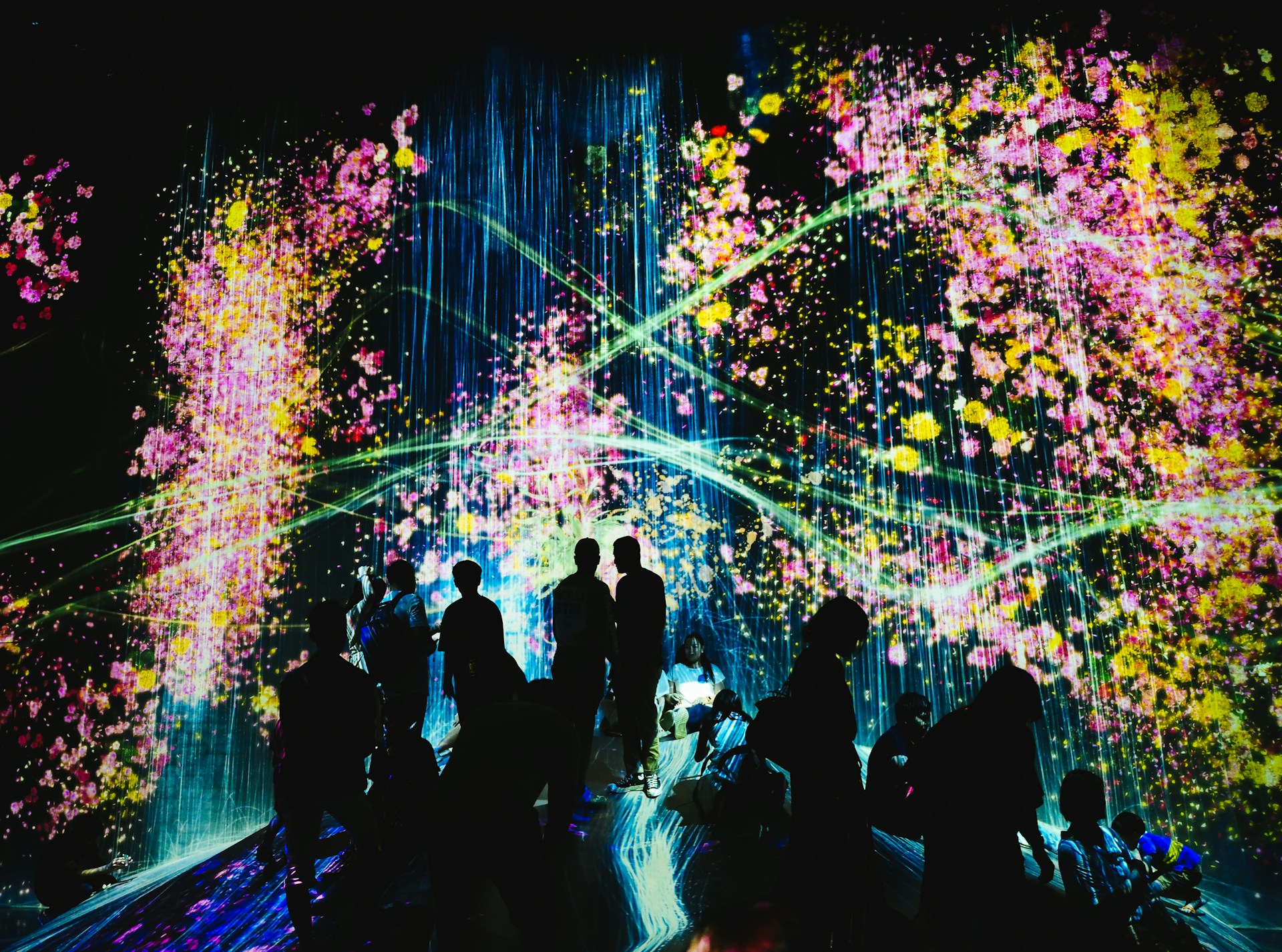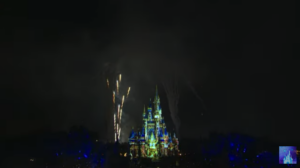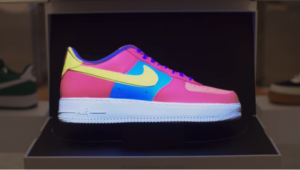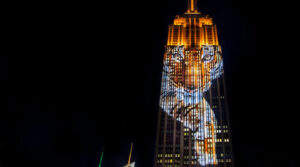
Have you ever watched a building facade ripple and bend or seen a stage transform before your eyes? Welcome to the magical world of projection mapping, where the impossible becomes possible!
This revolutionary technology can turn ordinary objects and surfaces into vibrant, dynamic displays. Helping businesses and organizations capture the imagination of viewers worldwide.
Join us as we dive into the evolution of projection mapping and explore its limitless possibilities.
The Evolution of Projection Mapping
This isn’t a new art form; it’s an evolution.
Originally rooted in the simple backdrops of theater stages, projection has grown in leaps and bounds. It is now a staple in advertising, entertainment, and beyond.
Relentless technological advancements drive this journey. Because of this, we can now enjoy basic light projections and complex, multi-dimensional installations.
Remember when we first saw images dancing on the sides of buildings?
That was just the beginning. Today, we can transform any surface into a vibrant storytelling platform, no matter how complex.
The Technology Behind Projection Mapping
So, what’s the secret sauce in projection mapping?
It blends cutting-edge software, ultra-high-resolution projectors, and sophisticated 3D mapping techniques.
This technology allows designers to achieve precision in projecting visuals onto surfaces that aren’t flat but instead are full of irregularities and contours.
The software calculates the distance of every point of light from the projector to the projection surface. It makes sure each pixel is perfectly aligned and the image fits like a glove.
Immersive and Interactive Experiences
Imagine stepping into a room where the walls come to life with scenes from another world.
That’s the immersive power of video mapping.
It merges digital content with physical spaces to create interactive installations that engage and captivate.
For instance, a museum exhibit might use projection mapping to make historical figures walk through the ruins of ancient civilizations. Offering onlookers a storytelling depth traditional displays can’t match.
Examples of Projection Mapping
Projection mapping is a versatile tool used across various industries.

In the entertainment sector, iconic displays like the nightly show at Cinderella’s Castle in Disney use projection mapping to enhance visitor experiences with stunning visuals integrated with fireworks.

Retail spaces also adopt projection mapping to create dynamic and interactive shopping experiences. For example, Nike’s use of projection mapping in its London store allows customers to see customizable options on a plain sneaker model before purchasing.

Corporate events often use to create impactful presentations and launch products in a visually engaging way. A notable example is Southwest Airlines’ use of projection mapping for a rebranding event, transforming an airplane hangar with dynamic visuals that revealed new airplane designs.
By creating memorable experiences that captivates audiences while leaving a lasting impressions.
Turning Imagination into Reality: Let’s Get Started
The power of projection mapping lies in its ability to transform any space into a spectacle.
It’s more than technology—it’s an art form that continues to push the boundaries of imagination and creativity.
Are you ready to transform your next project?
Whether you’re looking to create a buzz with a stunning advertising campaign or planning a memorable event, Ascend Studios is here to help.
Dive into our portfolio to see our work in action, and when you’re ready to start your journey, contact us.
Let’s create something unforgettable together!
Photo by Cosmin Serbanon Unsplash